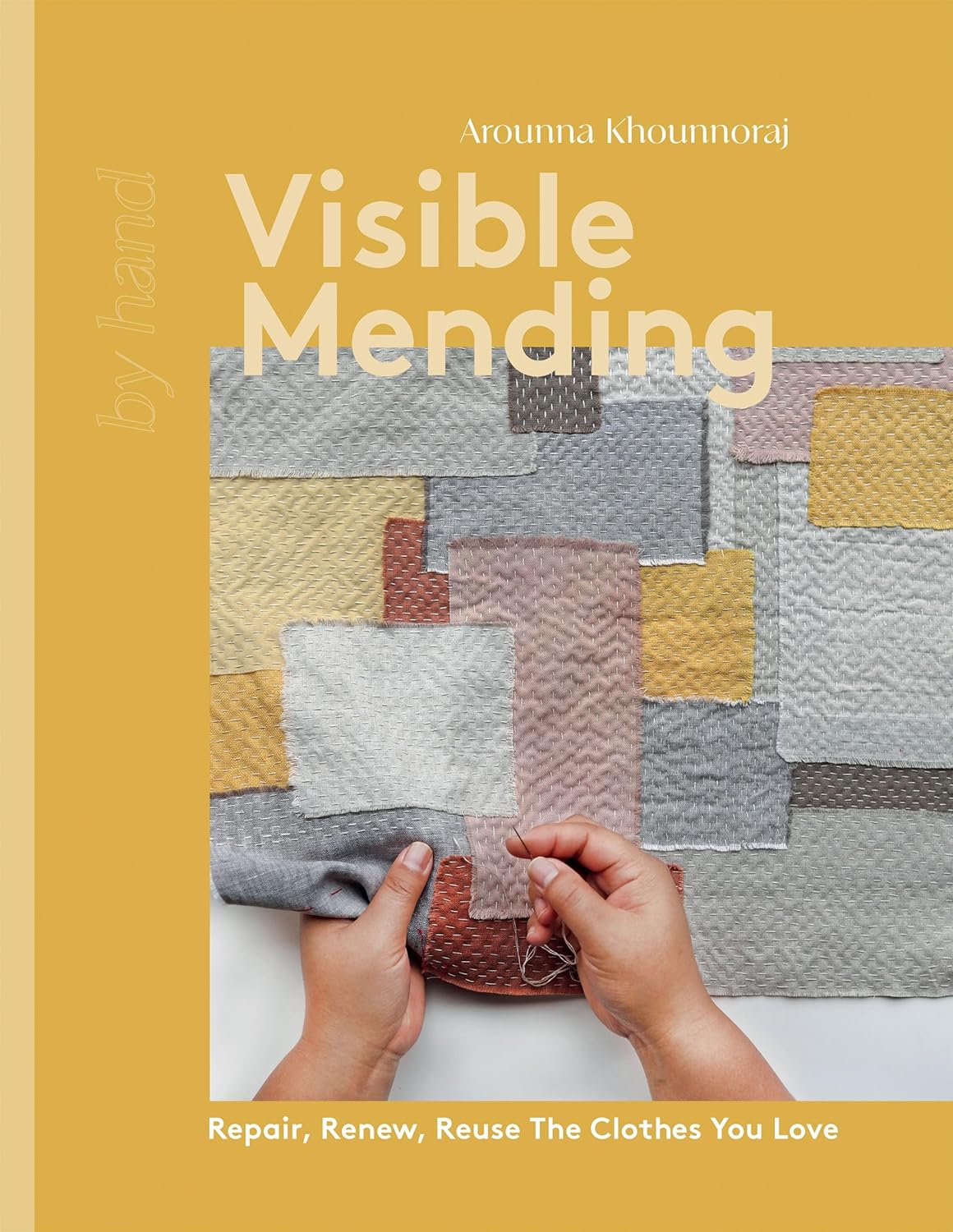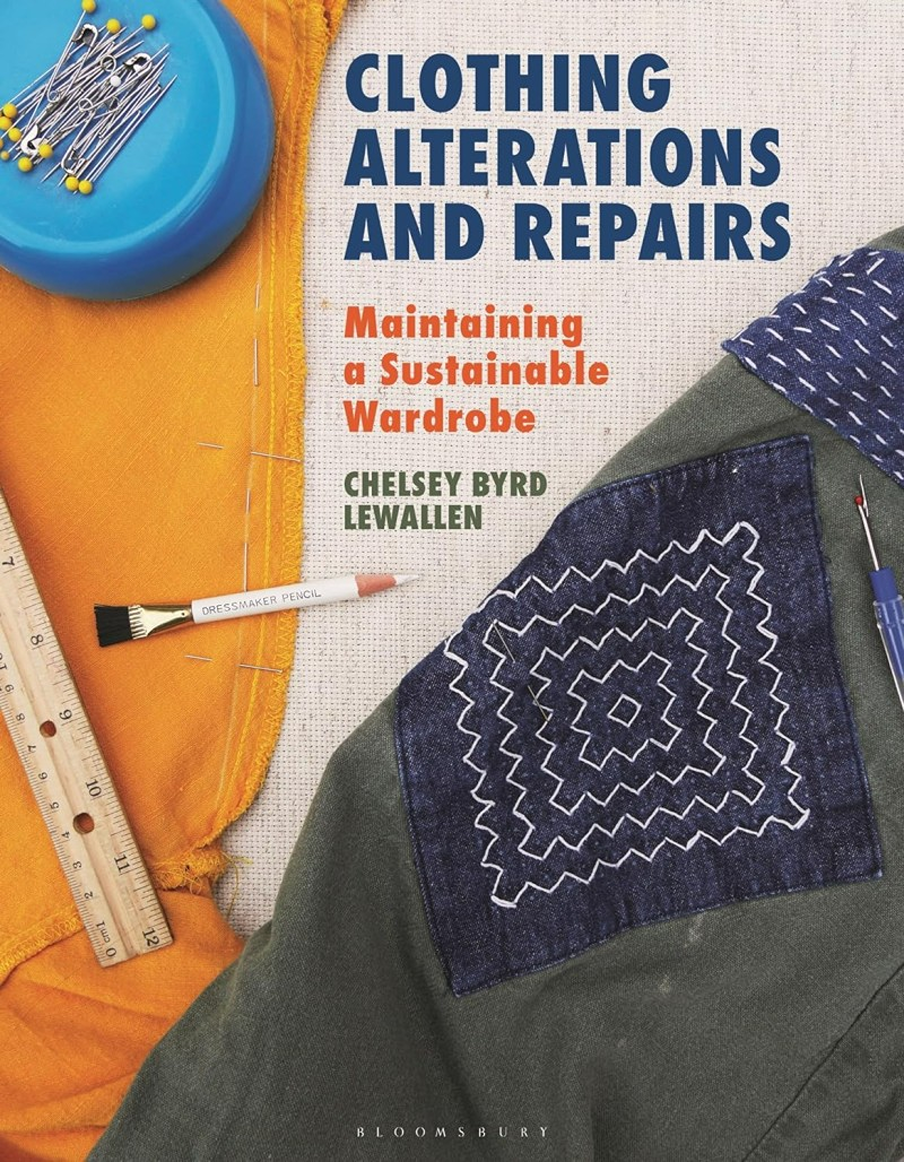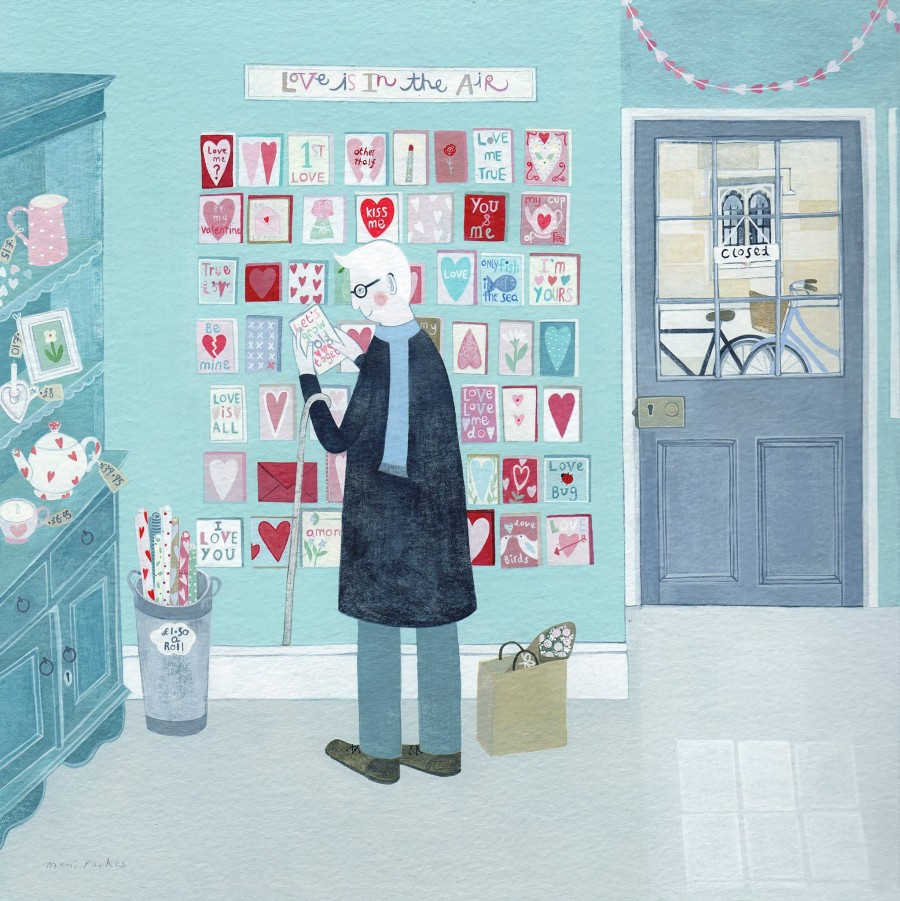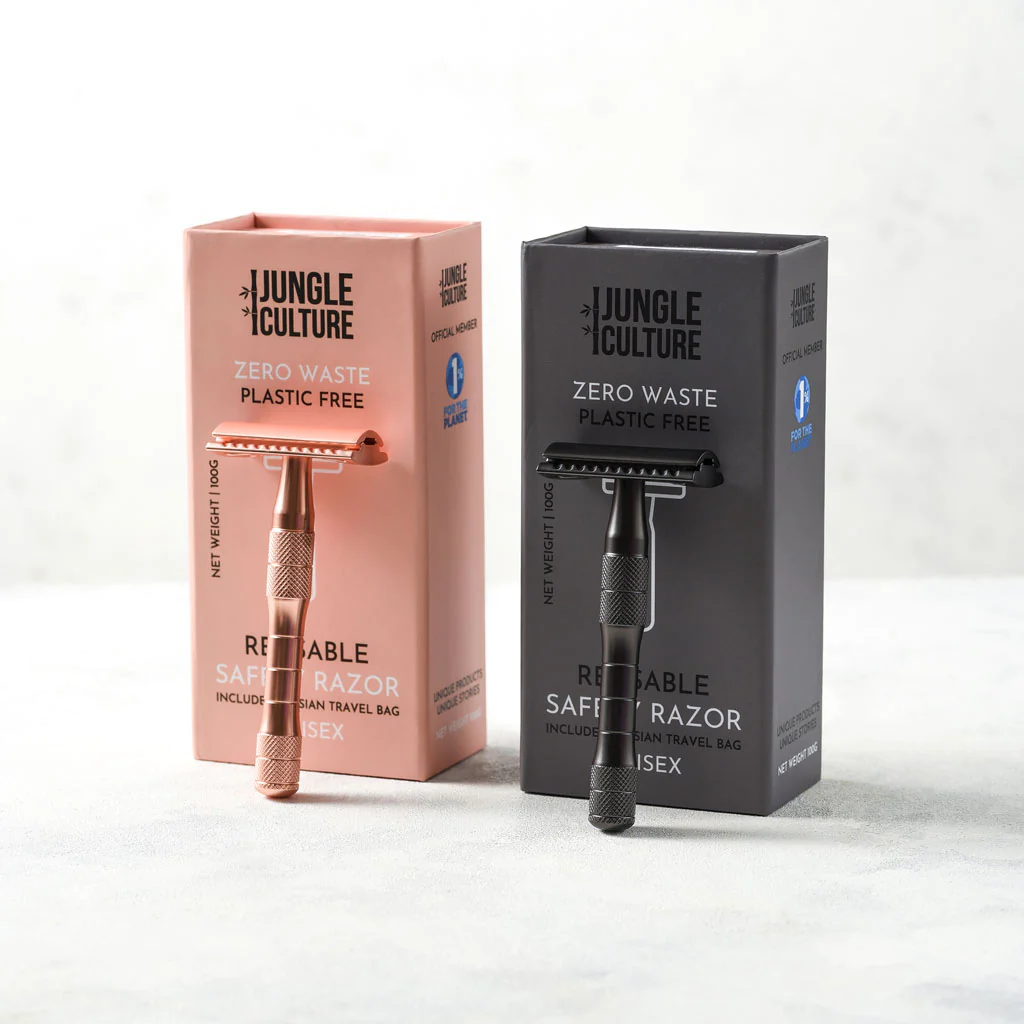
Visible mending is a book for anyone fed up with throwaway culture and fast fashion (300,000 tons of clothing ends up on landfills each year). Pick up a needle and rediscover forgotten joys of visible mending. Like embroidering motifs over holes, in old jeans. Keep sewing materials away from young children and pets.
Repair What You Wear has free online guides to help mend tears, replace zippers, darn holes in socks, patch elbows on jumpers and sew on missing buttons. Steamery Sewing Kit is sold in a roll case and contains scissors, a seam ripper, fabric pen and threads, sewing pins and needles, safety pins, a metal thimble, measuring tape, quick patches, buttons and a needle threader.
The book features 12 core techniques, 10 key stitches and 12 projects, and also explores why we should mend, and how to mend a variety of fabrics. It demystifies mending techniques through a directory of stitches, and also offers tips on repairing clothes you love – from stitching over tears to using embroidery, patching and darning.
Every culture that has a history of textiles, also has a history of mending. In more recent years, our relationship with mending has changed, it plays a smaller role in our lives, and in quite a few cases, no role at all. You don’t need a lot of equipment for needlework, one thing I would recommend is a quality needle. I store my needles in a needle book, to keep their tips from getting damaged. Running stitch is the most basic you will use in hand sewing, it resembles a continuous line of little dashes.
Arounna Khonnoraj is an artist and maker in Toronto (Canada), where she emigrated from Laos as a young child. After taking a Masters in Fine Arts, she found her current focus in fibre arts. She and her husband run a printing and embroidery studio.

Clothing Alterations & Repairs is the ultimate guide to learn how to alter and repair clothes you already own, whether to extend their life or to achieve the perfect. Whether you’ve always wanted to know how to darn a sock, mend a hole or take up a hem, this book can show you how. Ideal for anyone interested in mending their own clothes, this is also a good manual for anyone considering a home business in sewing. The book features illustrated projects. You’ll learn how to:
- Hem clothes
- Take in or let out seams
- Repair broken zippers
- Fix tears & holes
There is also a detailed section on more complex techniques like:
- Adjusting suit jacket sleeves
- Reshaping necklines
- Fixing backpacks, tents & bags
Chesley Byrd Lewallen is a lecturer in apparel, textile and design in Idaho, USA. She is also a sewist, artist and teacher who loves making clothes fit beautifully, while keeping textiles out of landfills.
how to care for your clothes (naturally)
As well as purchasing natural fabric clothing like organic cotton, linen or hemp, the other good thing to do is to care for clothing so it lasts longer, which is good for the planet and saves you money. For synthetic fibres (including recycled plastic bottles), launder in a microplastic catcher.
The Art of Clothing Care is a book of tips to make clothes last. Check a garment’s quality, avoid over-washing, make simple clothing repairs, remove stains, prevent mothballs and shop for pre-loved clothing.
choose zero waste clothes hangers
You can recycle metal clothes hangers, and donate other ones to charity shops. Refuse hangers in shops if not needed, as 15 billion are produced in the world each year, with most thrown out after 3 months (8 billion go to landfill). ReBorn recycled coat hangers (Wiltshire) have side notches for thin straps, middle notches for ties/belts, and reinforced bars for heavy trousers.
Clippie makes anti-tangle recycled clothes hangers with removable trouser bars for crease-free folding (shops can set up a £1 coat hanger recycling service).
choose eco-friendly ‘steam’ dry cleaners
Most dry cleaners use PERC (toxic chemicals) that are bad for the planet and people who work in the shops. Blanc (London) is one of many ‘eco-friendly dry cleaners’ that use steam methods instead, with the same results. Rather than accept plastic garment bags for your suits and dresses, take clothing home in a reusable garment bag that you can use again and again.
how to remove clothing stains, naturally
Remuvie plant-based stain remover can remove most stains (rinse with cold water first). Sold in a recycled plastic spray bottle, this biodegradable fragrance-free stain remover is ideal for blood, urine and baby stains, and can also be used to clean stains on carpets and mattresses.
For very expensive clothing, you can use a tailor to perform small repairs. Or book online and send off items to online tailors like Make Nu.
how to prevent mothballs
Only two moth species eat animal fibres (wool, feather and fur). So the easy way to prevent them are to wear cotton, hemp and linen. To reduce risk for other fabrics, deep-clean clothes, then store in vacuum bags. A bit of simple living wouldn’t go amiss (rather than buy too many clothes to ‘store away for winter’). If using red cedar balls to prevent moth balls, keep away from pets and children.






